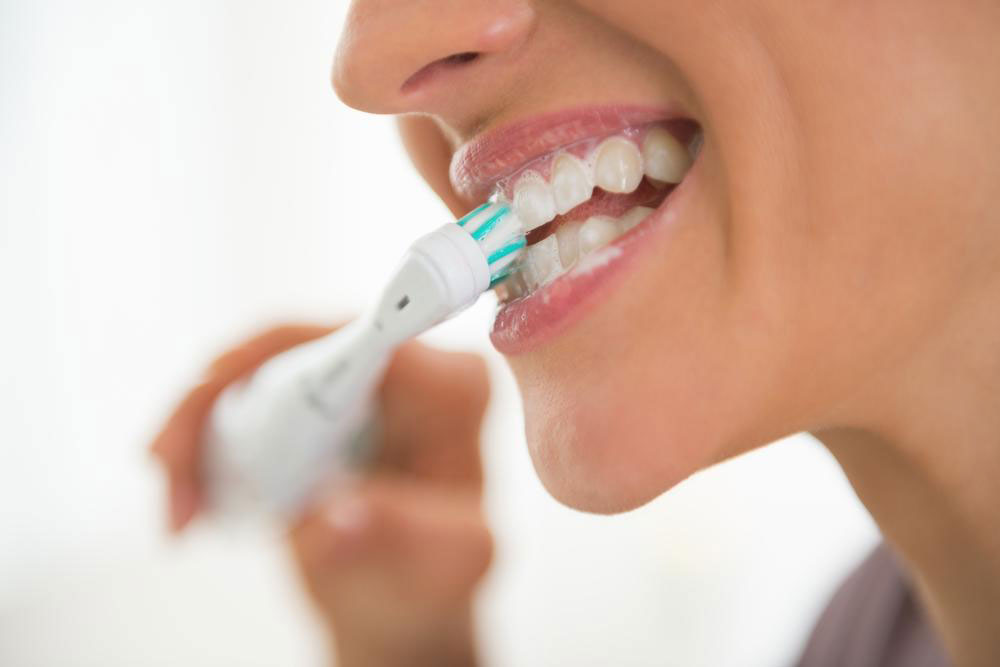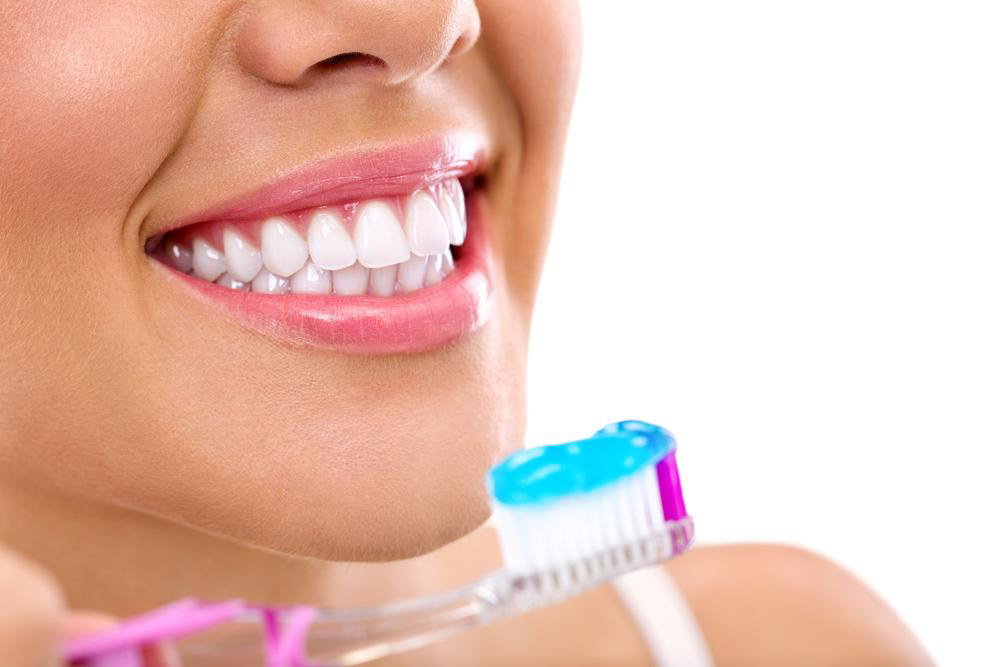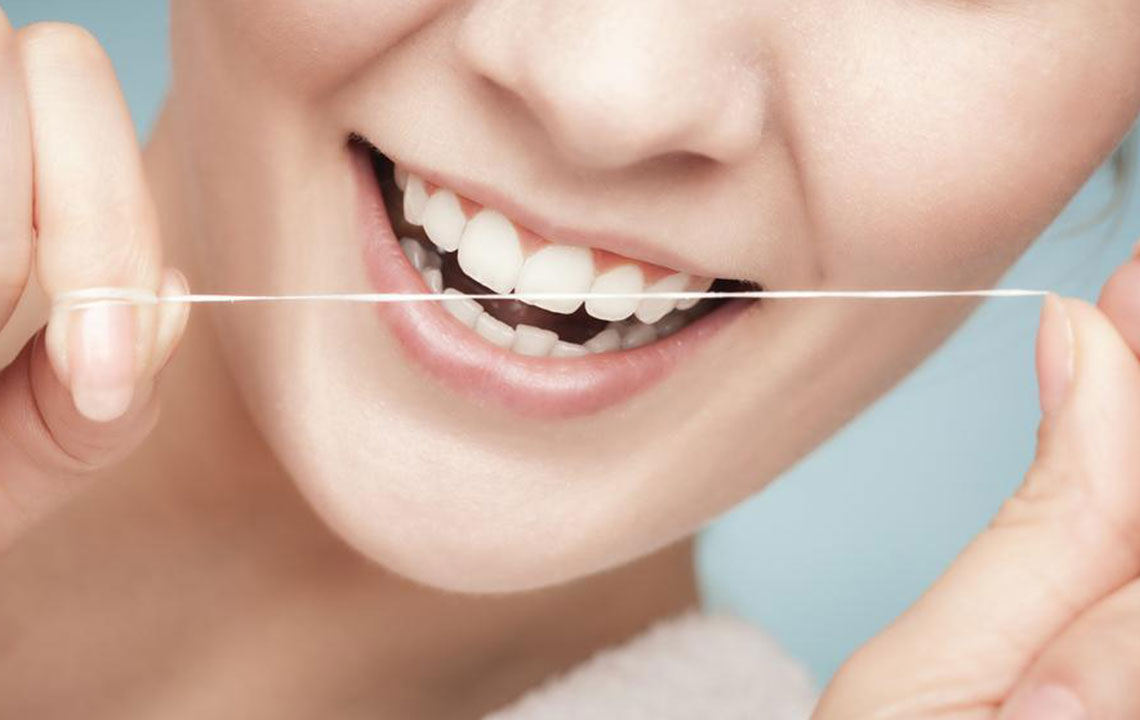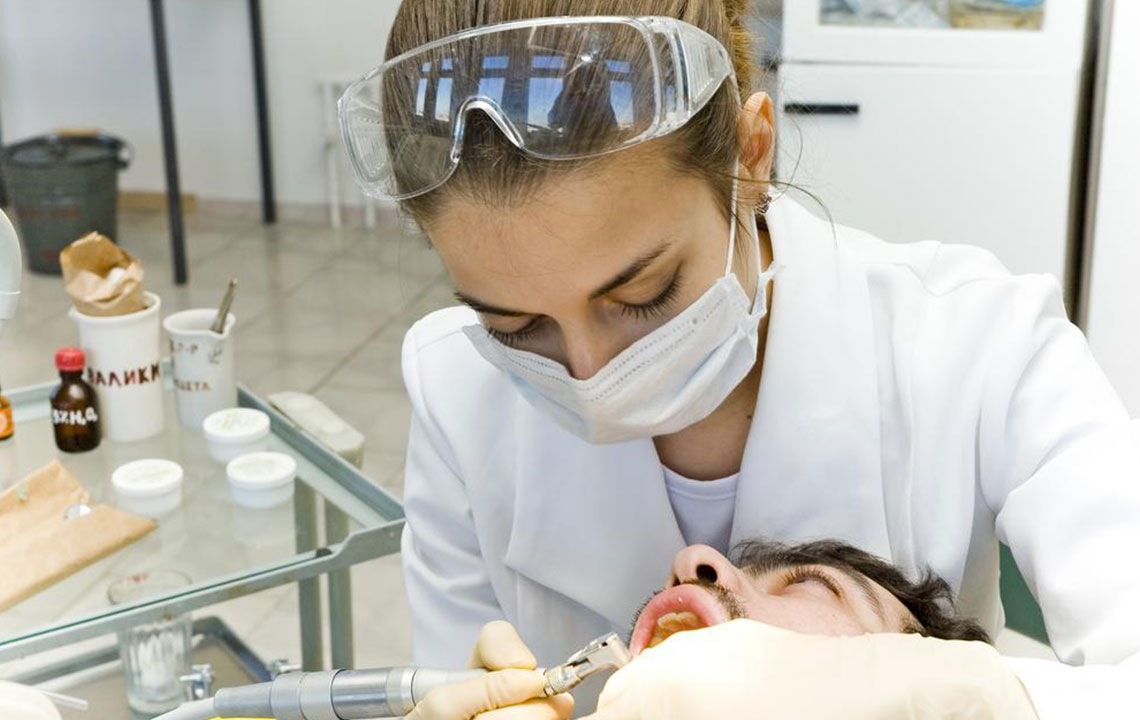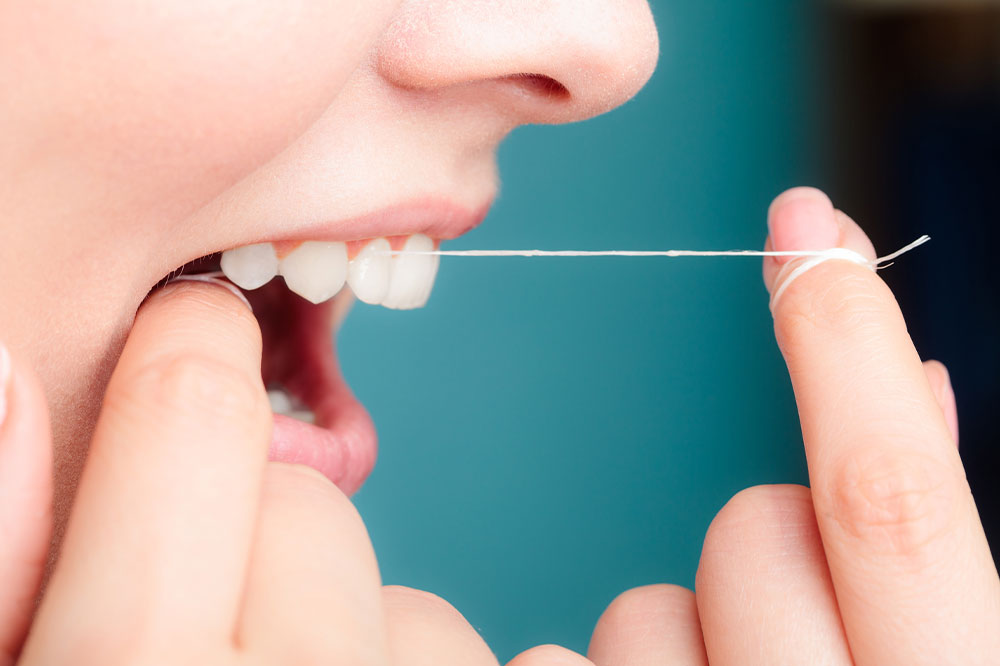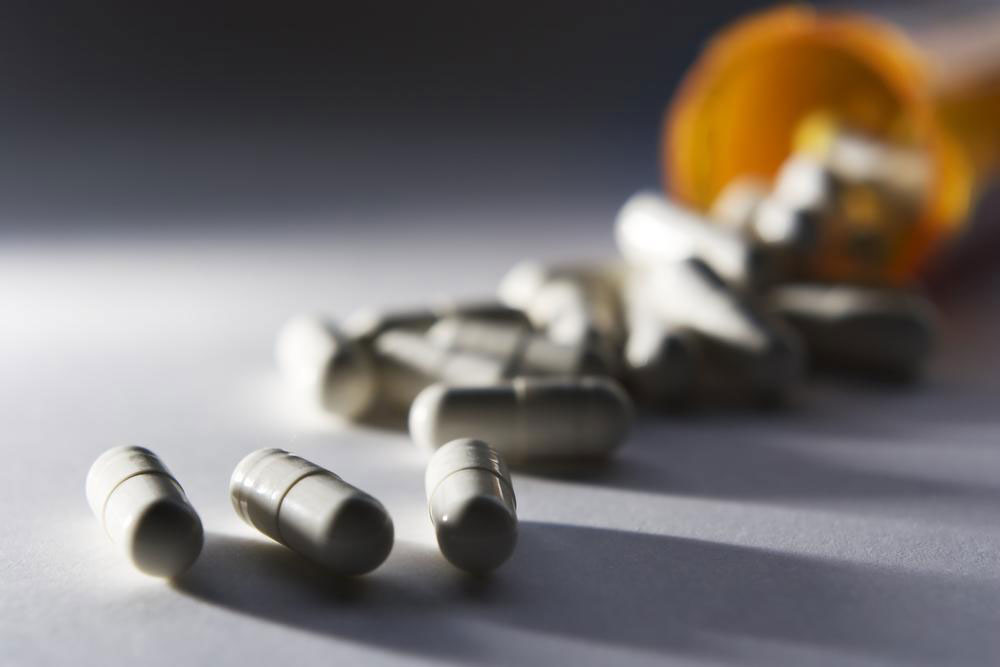Effective Strategies for Maintaining Oral Hygiene and Preventing Plaque Buildup
Achieving a bright, healthy smile requires consistent oral hygiene habits. Regular brushing, flossing, mouthwash, eating tooth-friendly foods, and routine dental visits are key to preventing plaque buildup. Proper technique and natural remedies support oral health, reducing risks of cavities, gum disease, and tartar. Maintaining these habits ensures a clean mouth and a confident smile. Prioritize regular dental checkups for early problem detection and professional cleaning, ensuring long-term dental wellness and a radiant appearance.

Effective Strategies for Maintaining Oral Hygiene and Preventing Plaque Buildup
A captivating smile makes a lasting impression. Maintaining white, healthy teeth is essential for an attractive appearance. Your mouth harbors nearly 600 bacterial species, mainly on your teeth, which can lead to stains and plaque if not properly managed. Proper oral cleaning within 24 to 48 hours is crucial to prevent bacteria from forming stubborn plaque. Left unchecked, plaque's acids can cause tooth decay and lead to tartar buildup, requiring professional removal. Consistent oral care and simple routines can help ensure a bright, healthy smile.
Over time, plaque produces acids that erode tooth enamel. If not removed, plaque hardens into tartar, which only dental professionals can remove. While saliva can neutralize acids, persistent tartar can pose health risks like gingivitis and periodontal disease. Achieving a clean mouth free of plaque is straightforward with routine cleaning and mindful habits. Implementing effective oral hygiene practices ensures a radiant smile and optimal dental health.
Let’s explore proven methods to keep your mouth clean and free of plaque.
Brushing Regularly
Brush your teeth twice daily using fluoride toothpaste and a soft-bristled toothbrush. Spend at least two minutes each session, using gentle, short, vertical strokes with moderate pressure. Proper technique is more important than whether you use a manual or electric brush. Rinse and store your brush properly, replacing it every three to four months. Correct brushing removes plaque effectively and promotes oral health.
Using Dental Floss
Flossing daily is essential to remove plaque from between teeth, where brushing alone can't reach. Use about 18 inches of floss, wrapping it around your fingers, and gently glide it between all teeth, including behind the back molars. Proper flossing takes 3-5 minutes. If traditional floss is difficult, try super-floss or interdental brushes. Water picks are less effective for removing plaque from tight spaces.
Applying Mouthwash
Antimicrobial rinses after brushing and flossing can further reduce plaque. Over-the-counter options often contain fluoride, chlorhexidine, or natural oils like tea tree and peppermint. For best results, consult a dentist for prescribed rinses. Choose alcohol-free, natural mouthwashes especially for children, to avoid irritation while maintaining oral hygiene.
Eating Teeth-Friendly Vegetables
Limit sugary snacks like candies and sodas that promote plaque formation. Incorporate crunchy vegetables such as carrots and celery; they act as natural toothbrushes, stimulating saliva and removing debris. Dairy products like cheese help balance mouth pH and boost saliva production, aiding in cavity prevention and overall oral health.
Regular Dental Checkups
Visiting your dentist regularly is vital for professional cleaning and early detection of issues like tooth decay, gum disease, and plaque buildup. Dentists can apply sealants to protect teeth and provide personalized advice to maintain oral health. Consistent checkups complement your daily routine for a healthy, plaque-free smile.

